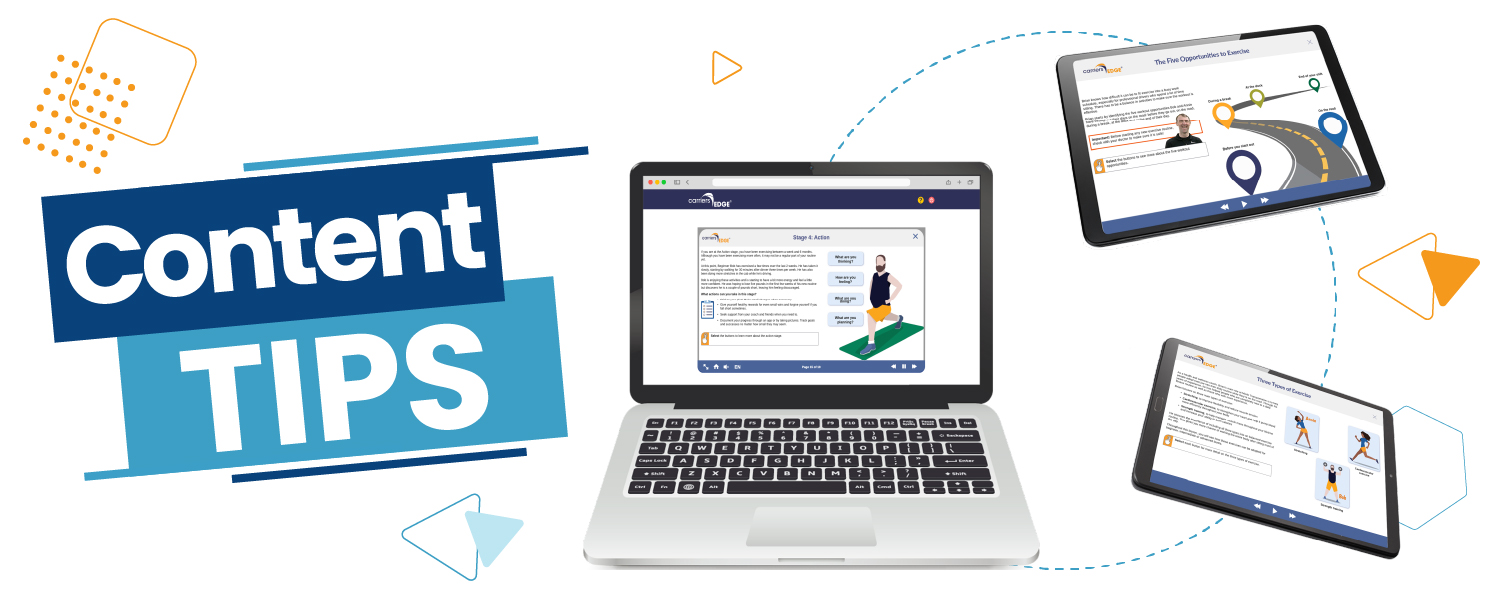
5 tips for getting your drivers exercising: the fitness mindset
January 21, 2025
Getting your drivers to think about their physical health makes sense—both for them and for your business. No one wants their drivers to be sick, or in pain, or more prone to injury, so pushing them towards a more health-focused lifestyle is the right move. And yet, lots of owners and safety managers have had the experience of trying to jump-start a health program for their drivers, but it just didn’t take. So what’s the problem?
Before you can get your drivers to take a more significant interest in being active, you need to understand where they are in terms of their fitness mindset. Think about how you would talk about a problem with a brand-new driver versus a 20-year veteran. Their experience is different and their perspectives are different, so you tailor the message to match what they are ready to hear.
It’s the same thing with health and exercise. Each driver’s fitness mindset will dictate how ready they are to take on this new challenge—you’ll need to approach a driver in an earlier stage differently than one who already understands the value of exercise but maybe needs a little push. So how do you know what they are ready for? Here are the 5 stages of the fitness mindset, and some tips for having a fitness conversation with a person in each stage.
1. Pre-contemplation
A person in this stage isn’t even considering exercise—they probably haven’t exercised in 15 years, and have no desire to change. They might believe that they don’t need exercise or that it’s too painful, and have misunderstandings about how hard you have to exercise for it to be effective. To help a person in this stage, start sharing wellness tips in newsletters or ask them to think about the pros and cons of exercise. They’ll need some help building confidence just to get to the next stage of actually thinking about incorporating exercise into their lives.
2. Contemplation
A driver in this stage is now aware of the benefits of exercise as well as the possible consequences of certain lifestyle choices. Maybe they even feel a little guilty for not exercising, and they’re ready to think about making small changes, like taking the stairs. Still, they may feel like it’s too late to start—their confidence about taking on this challenge just isn’t there yet, and it’s probably holding them back. Giving them specific information on small changes they can make, including low-impact, low-risk movements can help build that confidence. Rotating your shoulders while driving, or walking around your truck once at a stop might be the kind of thing that will feel possible for them, which will have a direct effect on their confidence.
3. Preparation
In this stage, the person has made a personal commitment to start exercising. They have some ideas about ways they would like to start exercising, and maybe they even bought some new running shoes. This is the time when you can help them build an action plan, either through an exercise coaching program through the company or by matching them with a buddy who is already exercising regularly.
4. Action
Having been exercising for a short time already, a driver in this stage is starting to enjoy these activities, even if they aren’t part of a regular routine yet. Small setbacks like not seeing results as fast as they’d hoped might be discouraging, so they’ll still need support before doubt starts to creep in. Company discounts on truck-friendly exercise equipment might keep them going, as well as personal acknowledgments about their efforts—stop them in the yard or ask them over a message how it’s going. Giving them suggestions on exercise-tracking apps can also let them know you are supporting them.
5. Maintenance
Someone in the maintenance phase is in it for the long haul. Their health has improved, their energy is up, and they understand the benefits of what they are doing. They’ve been exercising regularly for many months, but there is a danger of getting bored or feeling complacent. Supporting drivers in this stage might include acknowledging their hard work or even asking for exercise advice—consider using them as mentors for other drivers. Like a veteran driver, this veteran exerciser is now a spokesperson for hard work and ‘sticking with it’. You might even consider highlighting their achievements in the carrier’s social media posts to show them that their hard work is recognized and valued.
The importance of a physically active lifestyle—especially for drivers—is clear. Boosting energy, relieving pain and improving sleep are all things that people want more of. But that doesn’t mean it’s easy to make that change in your life. Your drivers are probably going to be at different stages of readiness—not just readiness to exercise, but readiness to even talk about it! Being aware of their willingness to change will help you tailor your message and boost the effectiveness of your plan to get your team moving.